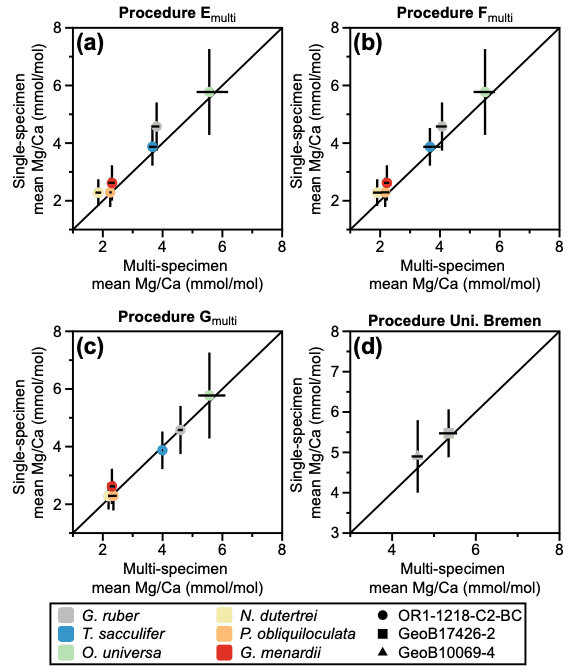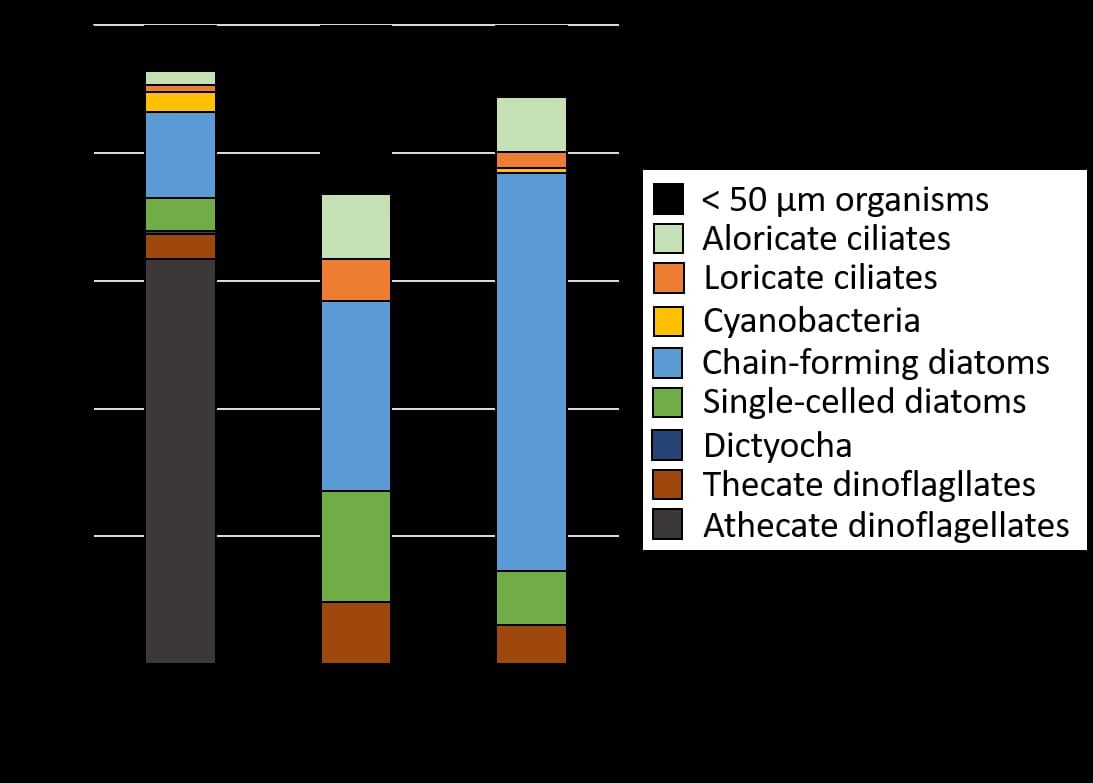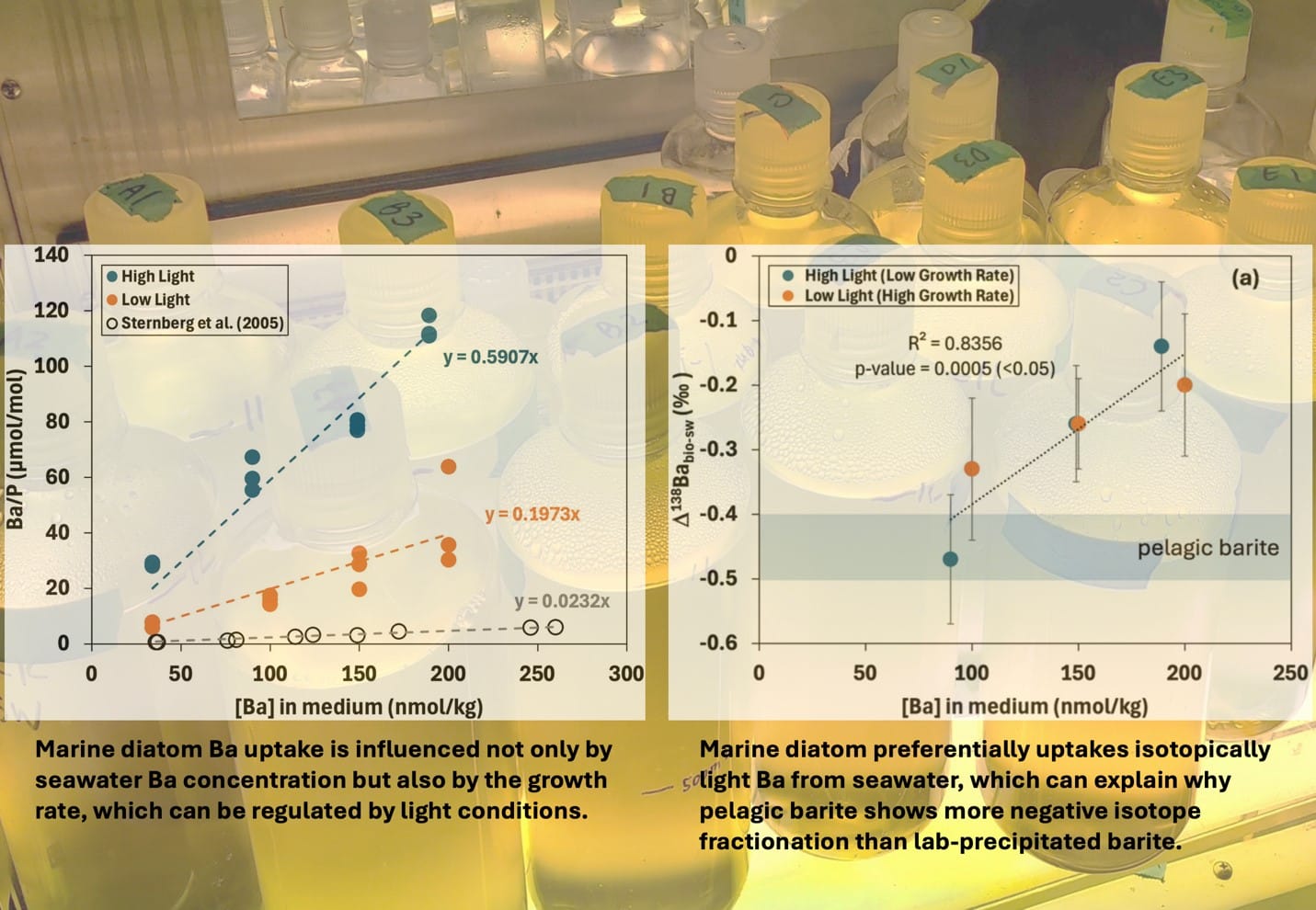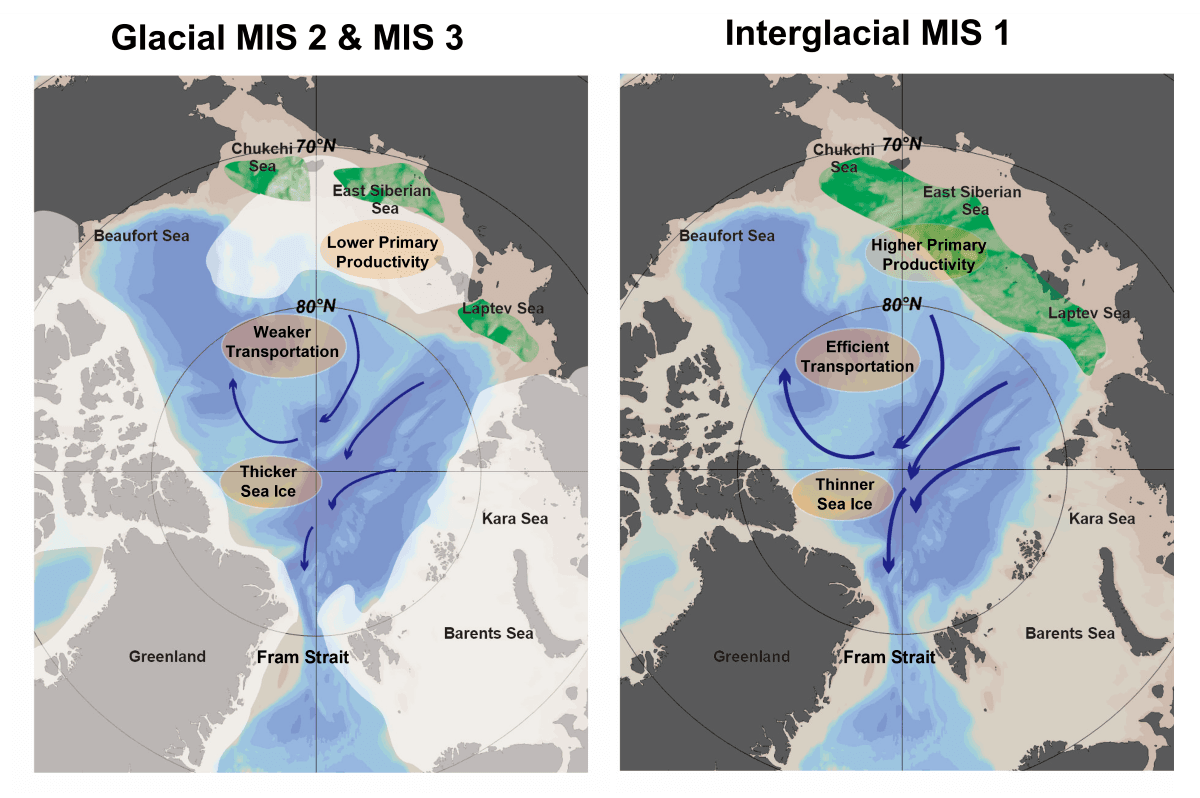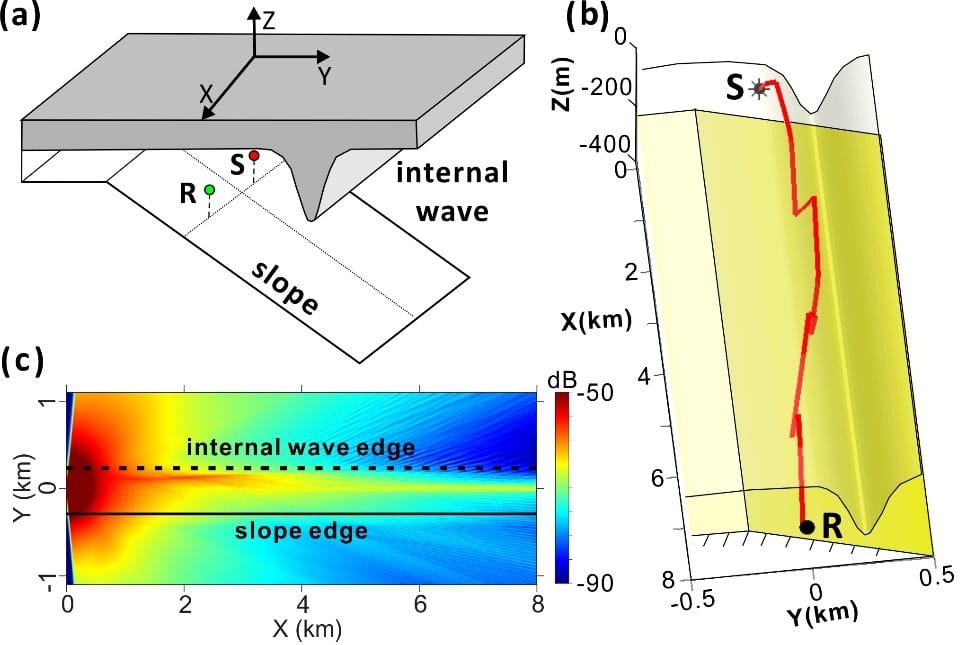生態系的功能冗餘性(functional redundancy)可定量預測物種消失如何影響生態系服務及人類福祉,故有其評估的必要性。然而,過去研究未充分理解生態系統功能的複雜性與多維度性,因此往往高估生態系的功能冗餘性。In order to quantitatively predict the impact of loss of species number on the provision of ecosystem services therefore human well-being, it is necessary to evaluate the functional redundancy of ecosystem. However, the functional redundancy has been overestimated due to the insufficient appreciation on complexity and multidimentionality of ecosystem functioning. Associate Professor, Takeshi Miki, from Institute of Oceanography, with international research group (with Ehime University and Kinki University in Japan), developed a novel theoretical approach, using a bioinformatics model with the whole genomic information of diverse microbes, obtained from Microbial Genome Database for Comparative Analysis (MBGD), and proposed that the whole genetic functional diversity (=number of ortholog, evolutionary unit of genetic material) in microbial community as an index of multifuctionality of ecosystem. The model predicted that the functional redundancy of microbial communities is generally low; the initial loss of microbial species (less than 10%) can cause more than 5 % loss of genetic functionality, which in turn negatively affects the multifunctionality of ecosystem. The collaborators in Japan (Prof. Taichi Yokokawa and Prof. Kazuaki Matsui) leaded the microcosm biodiversity experiments using environmental microbes. These experiments confirm the linkage between the whole genetic functional diversity and the ability of microbial community to decompose diverse carbon substrates and also demonstrate that initial species loss (e.g. 5%) causes a detectable reduction of multiple ecosystem functions. This project is an example of successful marriage of bioinformatics, theoretical ecology, and biodiversity experiments. The proposed index serves as a scientific basis to determine an acceptable level of species loss for sustainable use of ecosystem services or to minimize adverse effects of anthropogenic impacts on ecosystem, which are addressed in the Convention of Biological Diversity (CBD). The article has been online published in Proceedings of the Royal Society B (http://rspb.royalsocietypublishing.org/content/281/1776/20132498.full).
 海洋研究所三木健副教授與他的國際合作團隊(日本愛媛大學與近畿大學)提出新的研究方法,利用MBGD資料庫(Microbial Genome Database for Comparative Analysis)中多種微生物的全基因體資訊,建立生物資訊學模式,並提出以微生物群聚的全基因功能歧異度(即直系同源體的數目,此為遺傳物質的演化單位),做為生態系統多功能性的指標。模式預測微生物群聚的功能冗餘性低,小於10%的初期物種消失會造成基因功能性大於5%的消失,並對生態系統多功能性產生負面影響。日本的合作學者(橫川太一教授與松井一彰教授),利用環境維生物進行微型生態系(microcosm)內的生物多樣性實驗,證實了全基因功能歧異度與微生物群聚分解多樣碳源之能力的相關性,並顯示初期物種消失(例如5%)即會造成多項生態系功能的大幅減少。本研究是將生物資訊學、理論生態學與生物多樣性實驗成功結合的範例。本研究所提出的指標可作為永續利用生態系服務時,評估生態系所能承受的物種消失程度的科學依據,以達到生物多樣性公約中使人為負面影響最小化的目標。本研究發表於英國皇家學會報告(Proceedings of the Royal Society B)(http://rspb.royalsocietypublishing.org/content/281/1776/20132498.full)
海洋研究所三木健副教授與他的國際合作團隊(日本愛媛大學與近畿大學)提出新的研究方法,利用MBGD資料庫(Microbial Genome Database for Comparative Analysis)中多種微生物的全基因體資訊,建立生物資訊學模式,並提出以微生物群聚的全基因功能歧異度(即直系同源體的數目,此為遺傳物質的演化單位),做為生態系統多功能性的指標。模式預測微生物群聚的功能冗餘性低,小於10%的初期物種消失會造成基因功能性大於5%的消失,並對生態系統多功能性產生負面影響。日本的合作學者(橫川太一教授與松井一彰教授),利用環境維生物進行微型生態系(microcosm)內的生物多樣性實驗,證實了全基因功能歧異度與微生物群聚分解多樣碳源之能力的相關性,並顯示初期物種消失(例如5%)即會造成多項生態系功能的大幅減少。本研究是將生物資訊學、理論生態學與生物多樣性實驗成功結合的範例。本研究所提出的指標可作為永續利用生態系服務時,評估生態系所能承受的物種消失程度的科學依據,以達到生物多樣性公約中使人為負面影響最小化的目標。本研究發表於英國皇家學會報告(Proceedings of the Royal Society B)(http://rspb.royalsocietypublishing.org/content/281/1776/20132498.full)


